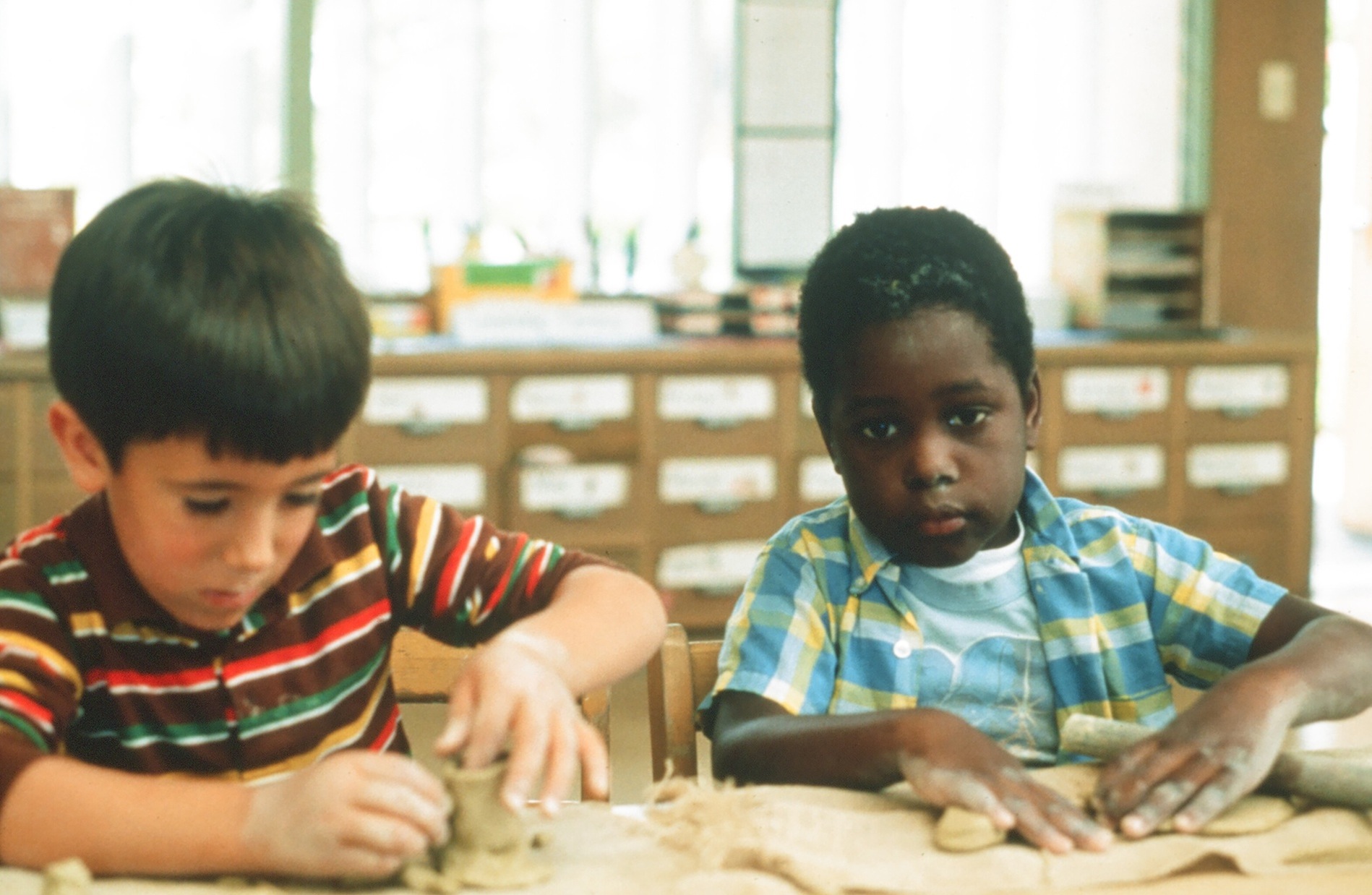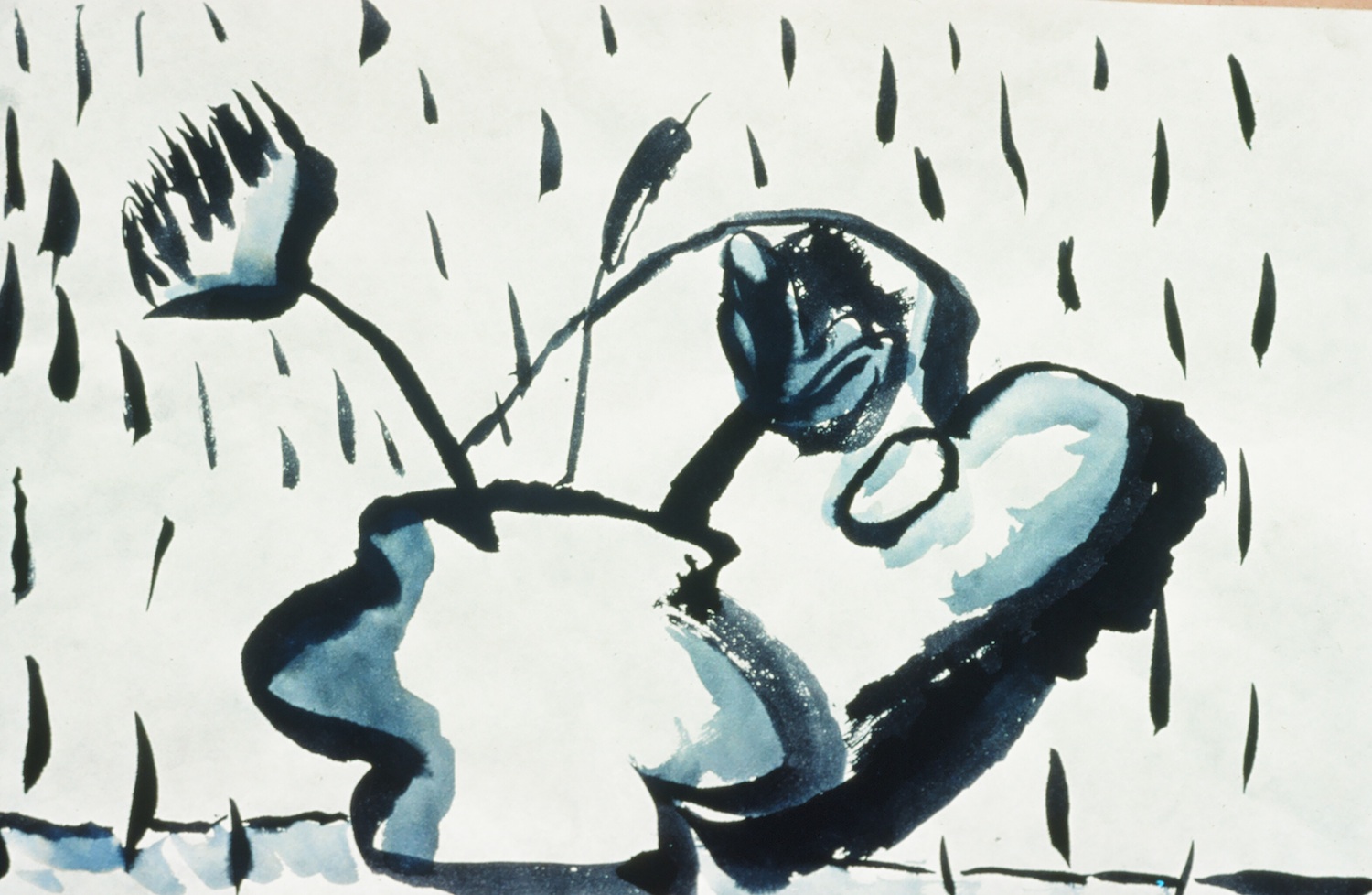Power of an Arts Education Springs to Life with Children’s Creative Project
By Jennifer Best, Noozhawk Contributing Writer | @NoozhawkNews
April 4, 2021 2:30 p.m.
Thousands of students benefit annually from music, dance, theater and visual arts programs funded in part by popular I Madonnari Italian Street Painting Festival
[Noozhawk’s note: First in a series sponsored by the Hutton Parker Foundation.]
Over the course of nearly 50 years, and through one pandemic, the Children’s Creative Project has grown to provide arts experiences, collaborations and education to thousands of students in three counties.
It brought street painting to North America, artists to underserved students, and performers to throngs of wiggly children.
And as its 35th Annual I Madonnari Italian Street Painting Festival prepares for a coronavirus-friendly virtual iteration that could spread joy and artistic adventure throughout Santa Barbara and beyond, the staff at CCP forge ahead with eyes on post-pandemic arts education for all.
“I Madonnari shows the creative process in action, shows something from the beginning to completion,” CCP executive director Kathy Koury told Noozhawk. “That’s what we’re about as an organization, sharing the creative process with children.”
The festival, scheduled for May 29-31, Memorial Day weekend, also provides CCP the funding it needs to help partner 67 artists with 80 schools serving nearly 40,000 students annually.
Each year, I Madonnari’s sponsors and participants help provide 80 schools with more than 400 assembly performances by 135 different touring companies in dance, theater, music and visual arts.
“There’s still more needed, absolutely,” Koury said. “The arts exercise a wonderful part of the brain in ways that can be applied to everything in life.”
According to the CCP strategic plan, decades of research demonstrate that experiencing the creative process develops critical thinking skills, engages students and fosters innovation.
CCP finds “only 25 percent of California students have access to the four arts disciplines as required by the State of California’s education code.”
“We are committed to bringing high-quality visual and performing arts education to our public schools by providing access to professional international, touring and resident artists,” Bryan Kerner, CCP board president, wrote in the strategic plan.
“Looking ahead, we are focused on accelerating our reach within our school districts in which all students will be exposed to arts education and provided opportunities to engage in creative expression that permeates every school, every grade, every day.”
In addition to Kerner, CCP’s board leadership includes vice president Genevieve Badone Assili, an independent art and design professional; secretary Barbara LaCorte, retired principal of Hope School; and treasurer Bridget Baublits of the Santa Barbara County Education Office.
Additional board members include Hilary Campbell of UC Santa Barbara; Lauren Carl; Sara Deinhard of Wendy Foster; Kathy Hollis, who is retired from the county Education Office; Seth Miller of CommUnify; Phil Morreale of the Community West Bank; Jaime Perez of Pacific Diagnostic Laboratories; and Dian Pulverman, a retired architect and architectural historian.
Together, board and staff strive to develop funds to support arts education programs; provide arts experiences for underserved children not normally exposed to the arts; to include the visual and performing arts in children’s basic education through collaboration with school districts, artists and organizations; and expand work opportunities for professional artists serving schools.
Former CCP program associate Shelley Triggs has witnessed firsthand the power of an arts education. She organized resident artists workshops from August 2006 until last month when she resigned to focus on family and her counseling practice.
“The artists are really soulful in their approach to their work, committed to teaching and enjoying the children and bringing the arts alive so we feel like we’re something larger than ourselves,” she said.
“Sometimes the arts may be the only place that can support the well-being of students. Sometimes it’s the arts that bring the excitement, the joy, the bliss in learning.”
Triggs, Koury and program associate Kate Yamasaki stretch CCP funding to augment school budgets, reach out to artists and educators alike, and endeavor to bring the arts in all their forms to students in all their places of learning.
“I was starving for arts as a child,” said Koury, who was raised in Santa Barbara schools in the 1960s.
A first-grade teacher allowed her to stay inside during recess to paint on an easel in the cloak room. Tonette lessons followed in fifth grade. Square dancing found its way to the classroom for sixth-graders. Junior high school brought drill team, the closest thing she could find to dance.
“Now and then, a visual arts project was offered up by a classroom teacher, but it was never enough,” Koury explained. “That’s why I volunteered as an artist in the schools.”
Like so many other artists, Koury discovered that, for her, art wasn’t about the performance, but about the creative process, the refining, the work, the practice.
“It’s something you can practice and get better at,” she said “You can improve. You can see yourself improve, and that’s very satisfying. It leads to self confidence, cooperation with others, creative problem solving.
“But the joy of doing these things is enough; people shouldn’t be afraid to try. I want children to understand that.”
As a young adult, Koury often heard people claim they couldn’t possibly be artistic, that they weren’t creative enough.
“That bothered me,” she said. “It’s not mystical. You can just practice and get better. All you have to do is try and try again. Truly.”
In 1972, Koury began providing after-school batik and weaving lessons at Franklin School. She expanded to include other creative outlets, even a gardening class to take full advantage of the community garden located in Eastside Neighborhood Park, just across the street from the campus.
Bill Cirone, the now-retired Santa Barbara County schools superintendent who was then head of the Center for Community Education and Citizen Participation, adopted the program, and in 1975 the Children’s Creative Project achieved its nonprofit status under the umbrella of the county Education Office.
Expansion quickly followed in spite of a general statewide trend reducing per pupil spending, addressed by many districts through cutting programs, services and staff.
In 1987, the Santa Barbara Mission became home to the nation’s first street painting festival, inspired by a 400-year-old tradition at Grazie di Curtatone in Italy. I Madonnari has become a beloved Memorial Day weekend event that has served as CCP’s primary fundraiser.
CCP’s achievements have included direct workshops for students as well as a variety of star performances. The program brought Laezer Schlomkowitz on to teach theater at Franklin School; hosted Wynton Marsalis and The Jazz at Lincoln Center Orchestra, Alvin Ailey American Dance Theater and others at The Arlington Theatre; and, shortly before the COVID-induced lockdown, brought The Kingdom Choir to the Santa Barbara Bowl.
“In an ideal world, every single school would have an artists in residence program,” Triggs said. “That requires funding to make that happen, and the value in the hearts of the public school system to turn toward the arts for its value to developing the whole child.”
In 1999, the CCP was among 91 nationwide model arts education programs recognized by then-first lady Hillary Clinton in a report, “Gaining the Arts Advantage: Lessons from School Districts that Value Arts Education.”
The report was a study by the President’s Committee on the Arts and Humanities and the Arts Education Partnership. It was the first national study to examine the success strategies of school districts in building and sustaining strong district-wide arts education programs.
In the same year, CCP received The Creative Ticket Schools of Excellence award from the California Alliance for Arts Education, a member of the Kennedy Center Alliance for Arts Education Network.
And in 2015, Koury was honored with the Leadership in the Arts Award from the Santa Barbara County Arts Commission.
“We continue to work toward equity in our schools so every child experiences the arts every day in every school,” Koury said.
Click here for more information about the Children’s Creative Project. Click here to make an online donation, or click here to sponsor street art squares for the I Madonnari Italian Street Painting Festival.







